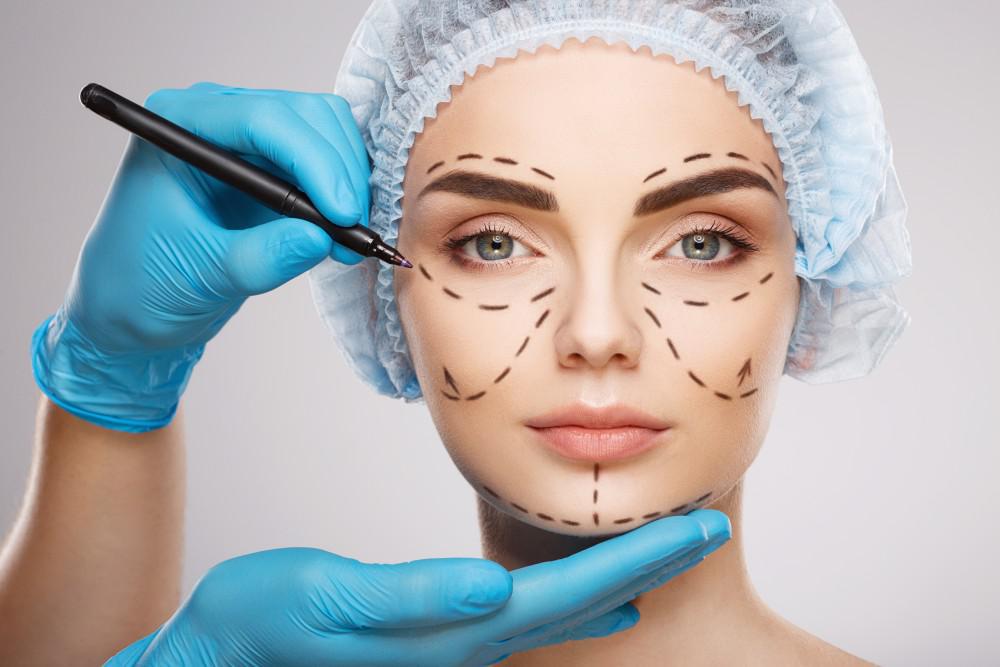Whether you’re a medical student, resident, or practicing doctor, A Comprehensive Guide to Plastic Surgery provides the knowledge and understanding you need. It includes all the essential information you need to know before, during, and after surgery.
The book covers various cosmetic procedures, including breast surgery, body contouring, and facial aesthetics. It also offers tips for avoiding complications.
Aesthetic Plastic Surgery
Aesthetic plastic surgery is a broad medical field encompassing surgical and nonsurgical procedures. Specifically, aesthetic plastic surgery aims to enhance or improve one’s appearance and symmetry. It is also a good choice for patients interested in self-improvement or who want to feel and look their best.
Aesthetic surgery can be divided into several subspecialties, including breast, body contouring, facial, and reconstructive surgery. The most noteworthy is the rhinoplasty or nose job, which has become popular among men and women. Other notable cosmetic techniques include laser skin resurfacing, fat injections, and an excellent old-fashioned facelift. Using these technologies in tandem can produce impressive results while minimizing recovery time and associated risks.
Breast Surgery
Breast surgery is a vast area of expertise, ranging from diagnosis to treatment of both neoplastic and non-neoplastic conditions. It includes surgical removal of cancerous tissues and reconstruction following the operation.
There are many different types of breast surgeries, including a mastectomy (the removal of the entire breast) for cancer or other conditions and a lumpectomy or breast-conserving surgery that removes only cancer while sparing the healthy margin of tissue around it.
In addition, some procedures add volume to the breasts, such as augmentation with implants or removing fat from the breasts for cosmetic purposes. A breast reduction is also performed to reduce the size of enlarged or pendulous breasts.
Body Contouring
Body contouring is a growing field of aesthetic medicine that uses high-tech treatments to reduce fat, tone muscle, and improve cellulite. These technologies are commonly done by plastic surgeons Bellevue. It is safe, effective, and less invasive than surgery such as liposuction or tummy tucks.
Non-invasive body contouring techniques such as ultrasound or radiofrequency heat treatment destroy fat cells without putting stress on the skin. This allows patients to achieve a slimmer figure and improved self-esteem.
This technology is effective in various areas, including the abdomen, arms and thighs. It’s beneficial for patients looking to get rid of stubborn fat.
Facial Surgery
Facial surgery focuses on improving the appearance of the face. It aims to correct cosmetic problems such as crow’s feet, fine lines on the forehead and sagging skin around the neck and jowl.
It also may address functional issues, such as restoring facial symmetry and correcting paralysis. Depending on the extent of the problem, facial plastic surgery techniques include reanimation or reconstructive procedures, such as facial rhinoplasty, nasal reshaping and microvascular reconstruction.
Scars are a natural part of the healing process and often need time to settle. Patients can receive treatments such as injections to settle the wound, dermabrasion to enhance texture and blend skin margins, and laser therapy to diminish redness and discoloration to improve their appearance. For more informative blogs you may click here.
Reconstructive Surgery
Reconstructive surgery aims to restore a body part to normal appearance and function. It may be done to repair defects you were born with or to treat injuries and diseases.
At NYP/Columbia, reconstructive surgeons work closely with patients and their families to plan surgeries that meet their specific goals. For children with cleft lip and palate or craniosynostosis, this involves determining what a standard-looking lip, ear or skull looks like and the best way to get there. Reconstructive surgery can also help with hand disorders such as carpal tunnel syndrome, rheumatoid arthritis, and conditions that affect the feet, including tumors (cancerous and non-cancerous), webbed or extra toes. It can also help people with disfiguring wounds and scarring.

